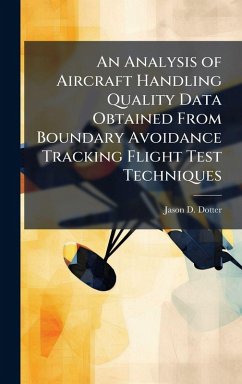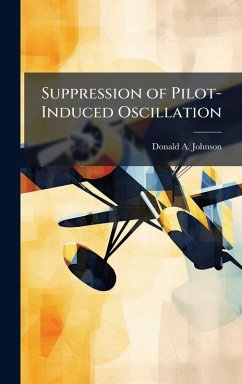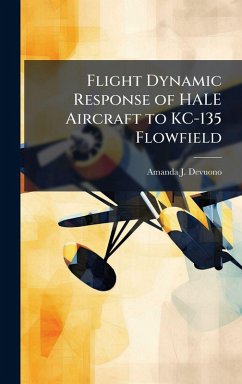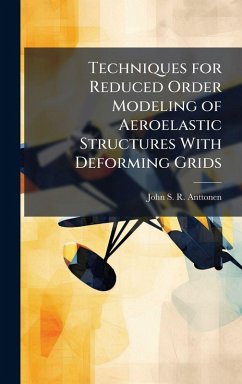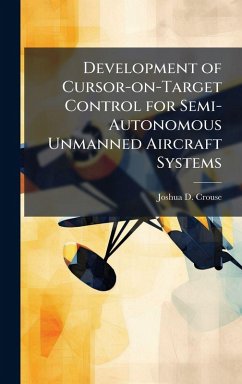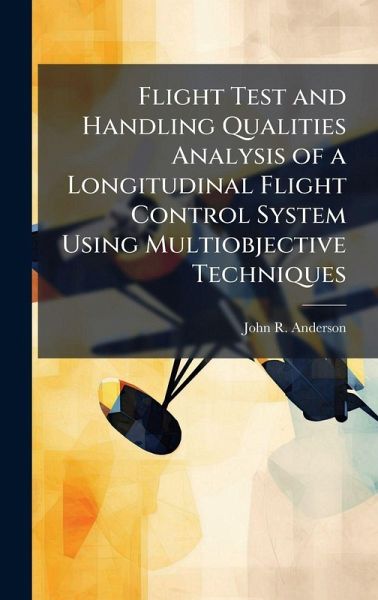
Flight Test and Handling Qualities Analysis of a Longitudinal Flight Control System Using Multiobjective Techniques
Versandkostenfrei!
Versandfertig in über 4 Wochen
30,99 €
inkl. MwSt.
Weitere Ausgaben:

PAYBACK Punkte
15 °P sammeln!
This thesis addresses the application of optimal, multiobjective control theory control theory to flight control design for the approach and landing phase of flight. Five flight control systems were designed using classical, H2, H?, and Mixed H2/H? methods. The MATLAB" MUTOOLS" and AFIT MXTOOLS toolboxes were used to produce the optimal, multiobjective designs. These designs were implemented for flight test on the Calspan VSS I Learjet, simulating the unstable longitudinal dynamics of an F-16 type aircraft. A limited handling qualities investigation was performed. Model following was used in t...
This thesis addresses the application of optimal, multiobjective control theory control theory to flight control design for the approach and landing phase of flight. Five flight control systems were designed using classical, H2, H?, and Mixed H2/H? methods. The MATLAB" MUTOOLS" and AFIT MXTOOLS toolboxes were used to produce the optimal, multiobjective designs. These designs were implemented for flight test on the Calspan VSS I Learjet, simulating the unstable longitudinal dynamics of an F-16 type aircraft. A limited handling qualities investigation was performed. Model following was used in the design phase to meet handling qualities specifications. The designs were successfully implemented and verified on the Calspan Learjet prior to flight test. An unmodeled aircraft mode was discovered just prior to flight test that made three of the designs slightly unstable. However, all of the designs achieved Level II or better Cooper-Harper handling qualities ratings for the landing tasks performed illustrating that the optimal multiobjective methods used can give acceptable or better handling qualities. This work has been selected by scholars as being culturally important, and is part of the knowledge base of civilization as we know it. This work was reproduced from the original artifact, and remains as true to the original work as possible. Therefore, you will see the original copyright references, library stamps (as most of these works have been housed in our most important libraries around the world), and other notations in the work. This work is in the public domain in the United States of America, and possibly other nations. Within the United States, you may freely copy and distribute this work, as no entity (individual or corporate) has a copyright on the body of the work. As a reproduction of a historical artifact, this work may contain missing or blurred pages, poor pictures, errant marks, etc. Scholars believe, and we concur, that this work is important enough to be preserved, reproduced, and made generally available to the public. We appreciate your support of the preservation process, and thank you for being an important part of keeping this knowledge alive and relevant.



